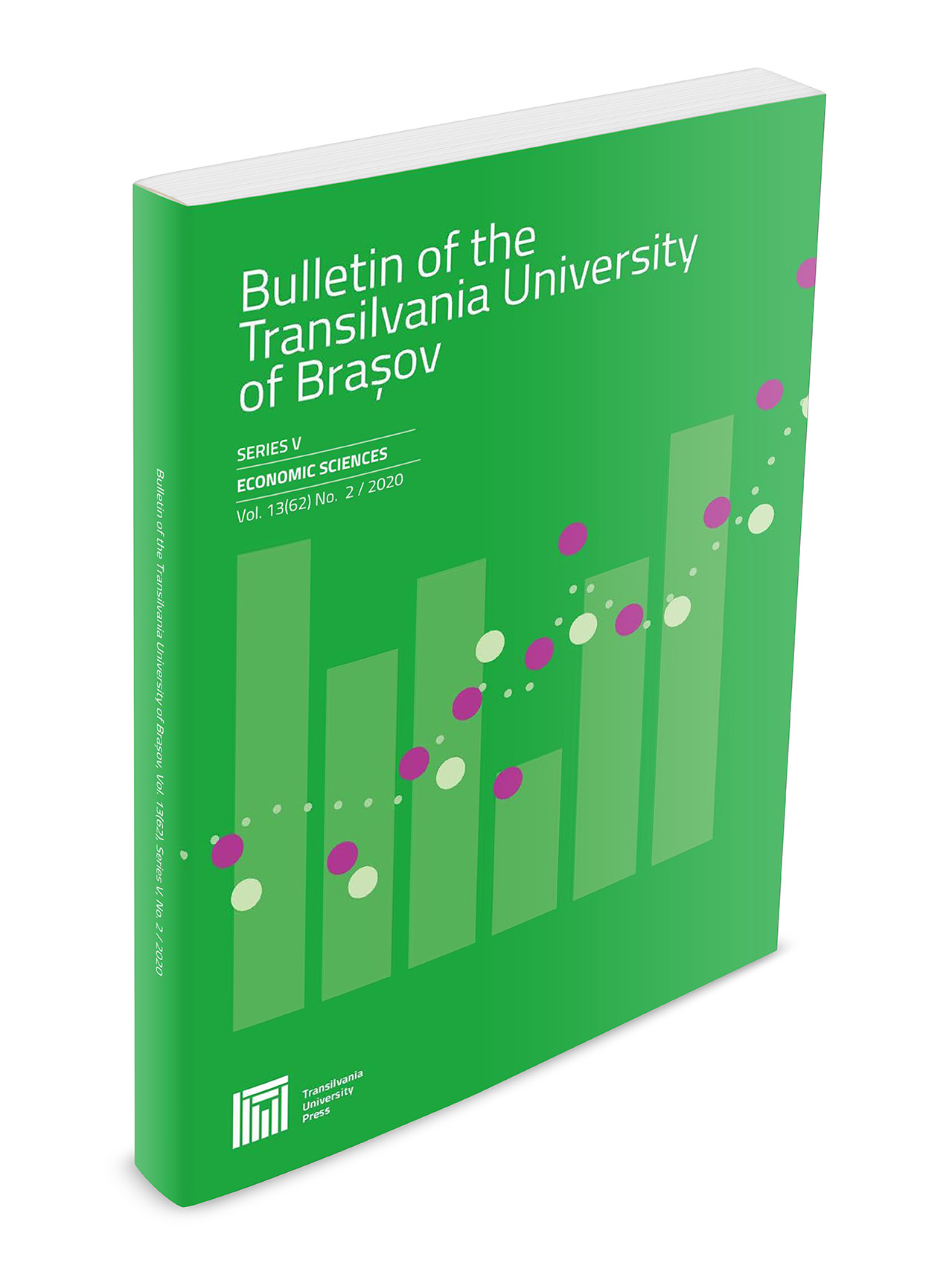The demographic changes of the last quarter of century in Romania
Keywords:
demographic transition, population, demographic agingAbstract
The year 1990 has delimited two different demographic periods in Romania: the first, defined as Stage 2 in the Demographic Transition Model (as in Population Education, USA), characterized by low mortality rates due to advances in medical, and high birth rates, resulting rapid population growth; after 1990, Romania moved to Stage 5, having a negative growth rate due to fewer births than deaths, and a negative net migration rate. Romania is experiencing a falling population with birth rates at 8.3 births per 1,000 persons and death rates at 11.4 per 1,000 persons in 2014. The total fertility rate fell significantly below the replacement level of generations (1.4 live births per woman in 2014), reversing the proportion of the elderly to the detriment of the youth.Downloads
Published
Issue
Section
License
Copyright (c) 2015 Bulletin of the Transilvania University of Brasov. Series V: Economic Sciences

This work is licensed under a Creative Commons Attribution 4.0 International License.




